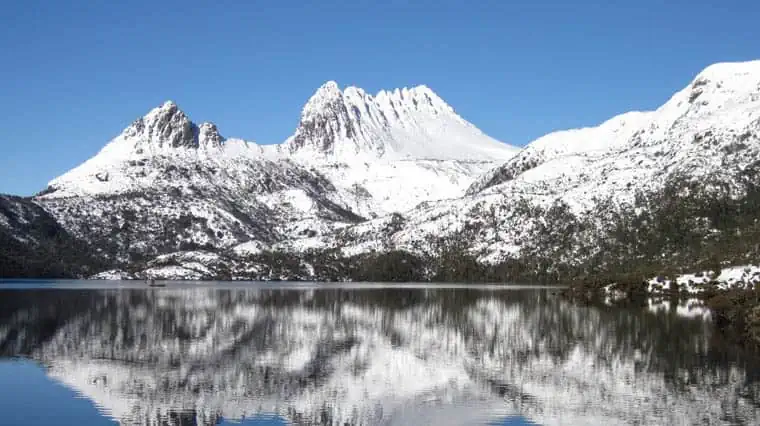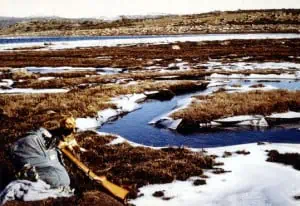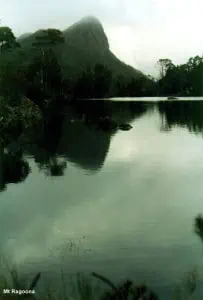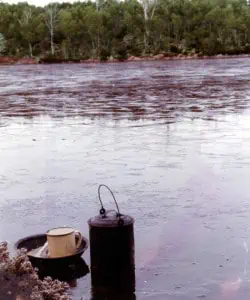Winter Walking
When I moved to Tasmania from the Red Centre in 1981, I became addicted to winter walking—mesmerised by the pristine beauty of winter at Cradle Mountain, the tranquillity and peacefulness. Snow blanketed the rocky terrain, glimmering in the pale sunlight that streamed through the native pine trees. I needed to gain experience with snow.
Upon completing my College studies, I decided to explore the Central Plateau area of Tasmania. The Central Plateau of Tasmania is the largest area of high ground in Tasmania. It is bound to the northeast by the Great Western Tiers and to the west by Cradle Mountain national park. Surrounded by the low, dry, grassy Midlands to the east and south, the Central Plateau is high and cold.
The Plateau climate is harsher and colder than in the surrounding low-lying areas, and in winter, snow, high winds, ice, and cold winter temperatures are standard.
Although I had little high country winter walking experience, many of the survival principles I had learnt in the arid region of Australia could be applied, just in reverse. In the first winter, I spent 12 weeks on the Central Plateau, enjoying the solitude of solo walking.
Solo Winter Walking
Winter walking, especially solo walking, is only recommended if you have well-developed survival and navigation skills. To stay for an extended period, I walked in basic foodstuffs like potatoes and onions and cached these food drops strategically.
As a recent graduate from College, buying expensive equipment was not an option. A simple unframed pack was the first, more like a sack! In those days you could carry a rifle. I lived off my food drops, fishing and meat from the occasional kangaroo. The meat would keep for many days in cold conditions. The odd trout also provided a break from eating red meat.
When I did shoot a kangaroo for meat, I also salted the skins, rolled them up and put the pelt at the bottom of my pack. I would peg them out and tan the skins on return to the lowlands. In the picture on the camping and trapping page, I am wearing a kangaroo skin from this cold high country. The long and white-tipped fur indicates an animal living in high snow country. I also had long fur gloves and this essential clothing as protection from the harsh environment. Today, there is an extraordinary range of reasonably priced winter clothing.
My equipment, including my tent, was rudimentary. If there were huts in the area, I would often stay in them for a couple of days to dry clothing and enjoy the shelter—beautiful views from the rock hut in the Walls of Jerusalem national park.
Grand Memories
I remember these winter walking experiences with fond memories—the crystal clear air, the beauty of frozen lakes and tarns, and howling snow storms. Nature’s magic transformed the stillness of the morning after a region into a winter wonderland. Years later with a great deal of experience under my belt, I worked as a wilderness advisor on a film.





